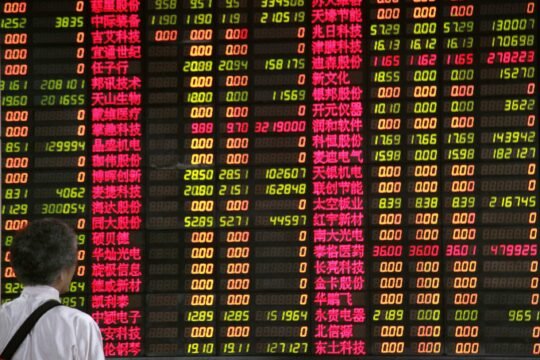January 22, 2023
New Delhi, India
USDINR
The last traded price of USDINR was 83.1350 up by 0.07%. The day’s range for USDINR is a high of ₹83.16 and a low of 83.07.
The Rupee exhibited strength, attributed to dollar sales from foreign banks. In a notable development, the Reserve Bank of India (RBI) emphasized the imperative for India to sustain its growth momentum, targeting at least 7% growth in the fiscal year 2025, as highlighted in the RBI bulletin. The reassessment of rate cut expectations in the United States further supported the dollar, bolstered by robust U.S. economic data.
GBPINR
The last traded price of GBPINR was 105.7725 up by 0.37%. The day’s range for GBPINR is a high of ₹105.79 and a low of 105.71.
The British Pound faced a decline, notably triggered by a substantial contraction in UK Retail Sales during December. The Bank of England (BoE) may persist in emphasizing the necessity for prolonged higher interest rates. There is an underlying risk of the UK economy entering a recession in the fourth quarter.
EURINR
The last traded price of EURINR was 90.5950 up by 0.15%. The day’s range for EURINR is a high of ₹90.64 and a low of 90.54.
The Euro depreciated, influenced by the prevailing strength of the dollar, prompting investors to reevaluate their interest rate cut predictions. The European Central Bank (ECB) President, Lagarde, indicated a potential interest rate cut in the upcoming summer, emphasizing the need for caution. Additionally, Germany witnessed an 8.6% year-on-year decline in producer prices in December 2023.
JPYINR
The last traded price of JPYINR was 56.1625 down by -0.02%. The day’s range for JPYINR is a high of ₹56.26 and a low of 56.06.





